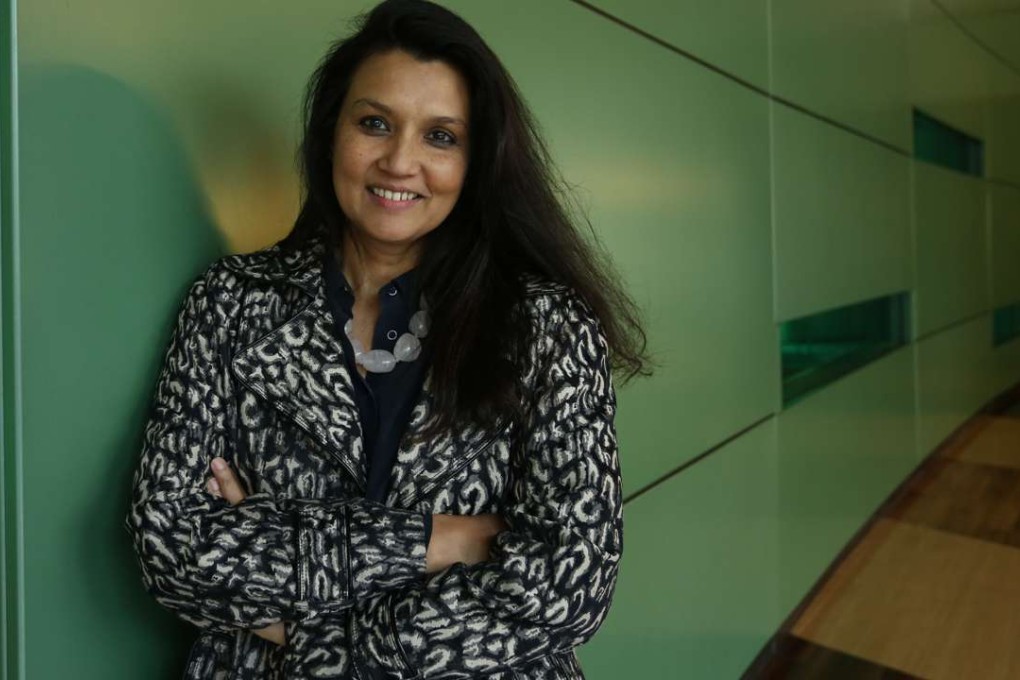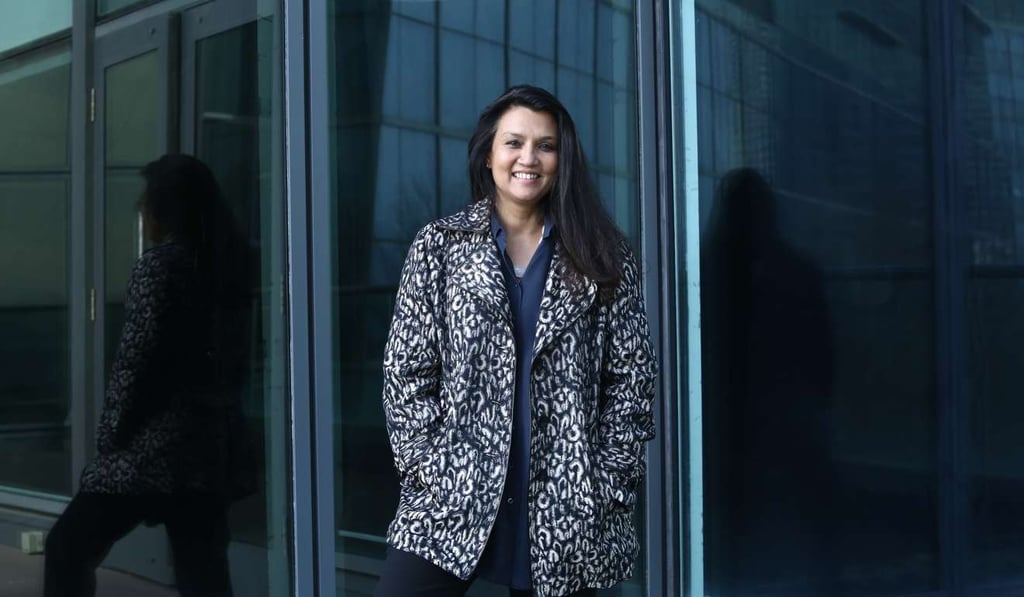Head of Hong Kong’s M+ museum unfazed at handling political ‘hot potato’ that is the West Kowloon project
Suhanya Raffel says she faced plenty of opposition in her previous job in Australia and, despite controversy over Hong Kong’s planned Palace Museum, is focused on building a collection featuring more women artists

Suhanya Raffel, the new head of M+, speaks in a soft, measured tone that gives the impression it takes a lot to ruffle her. But every so often, there is a steely glint.
“I think they are wrong,” the Sri Lankan Australian says without hesitation, when asked how she dealt with opposition to a museum project in Sydney. “There will always be different opinions. Handling that was my job and I was totally happy with it. I would go back to those people and say, this is why I believe in the project and why I think you are wrong.”
The issue of how she coped with critics in her last job as deputy director of the Art Gallery of New South Wales came up because her new role in Hong Kong, overseeing the building of an audacious institution that aims to break the mould of Asian museums, just became more complicated.
Seven weeks after she started at M+ in November, the government stunned a city deeply divided over its relationship with mainland China with the news that it would build a branch of Beijing’s Palace Museum in the West Kowloon Cultural District.
